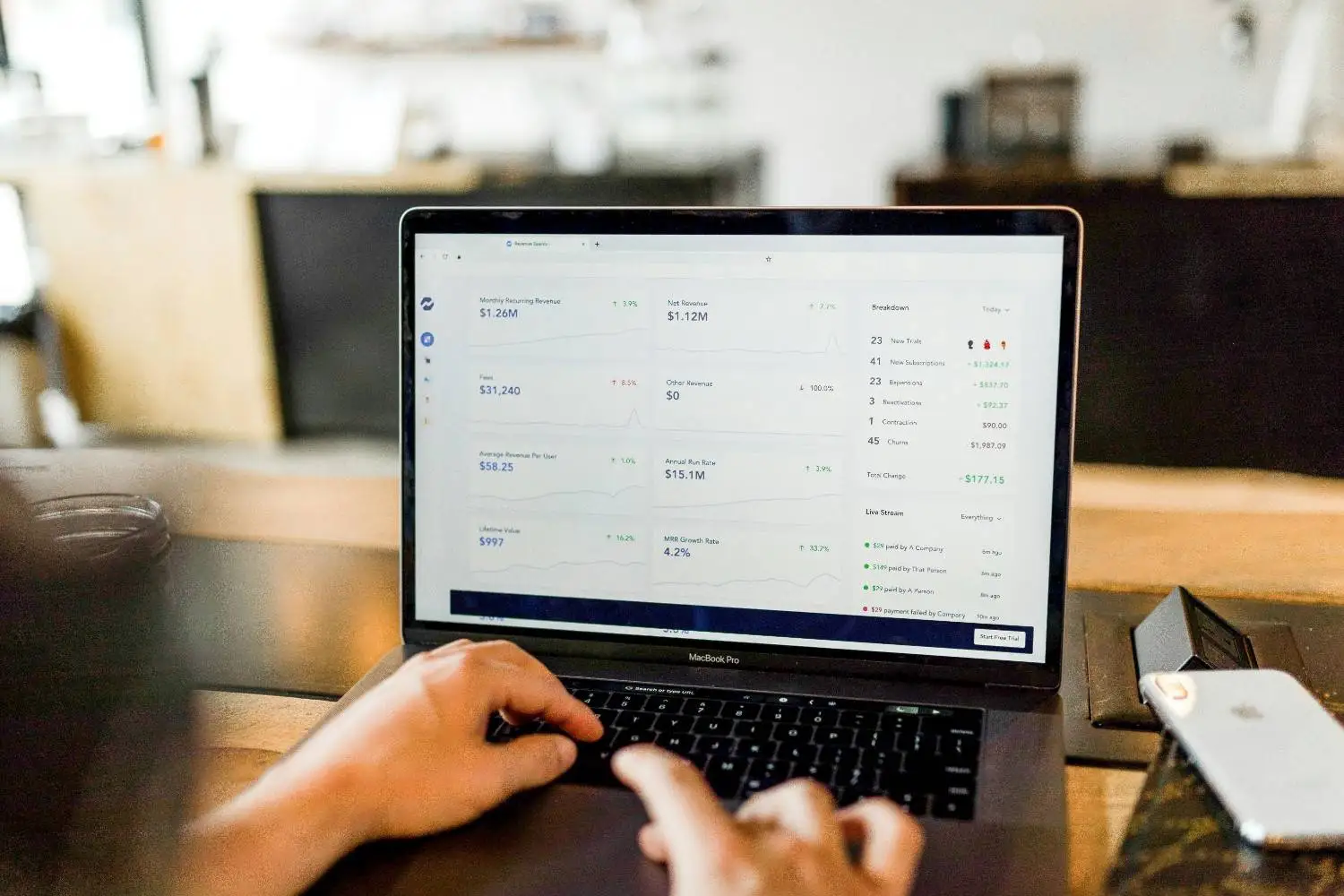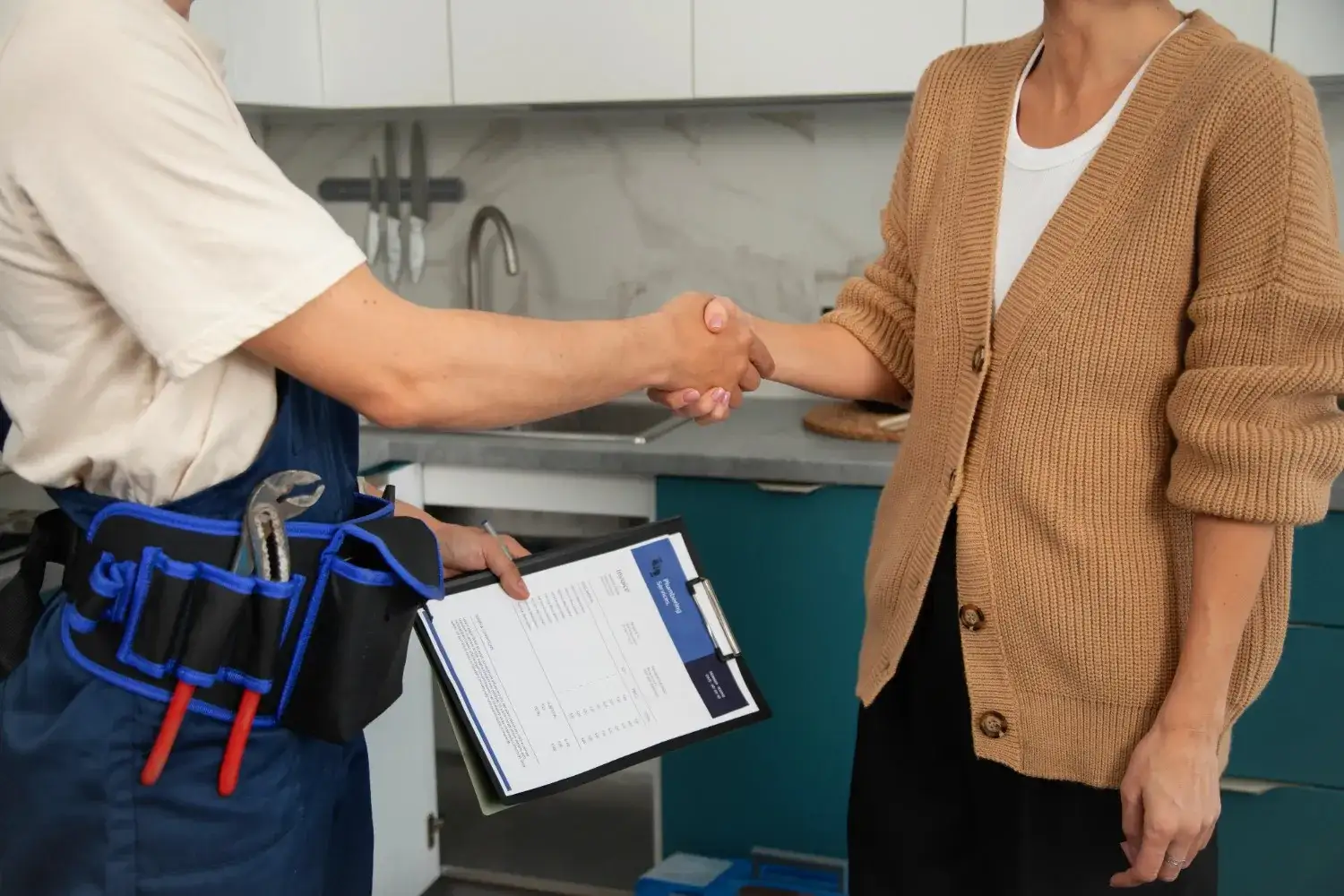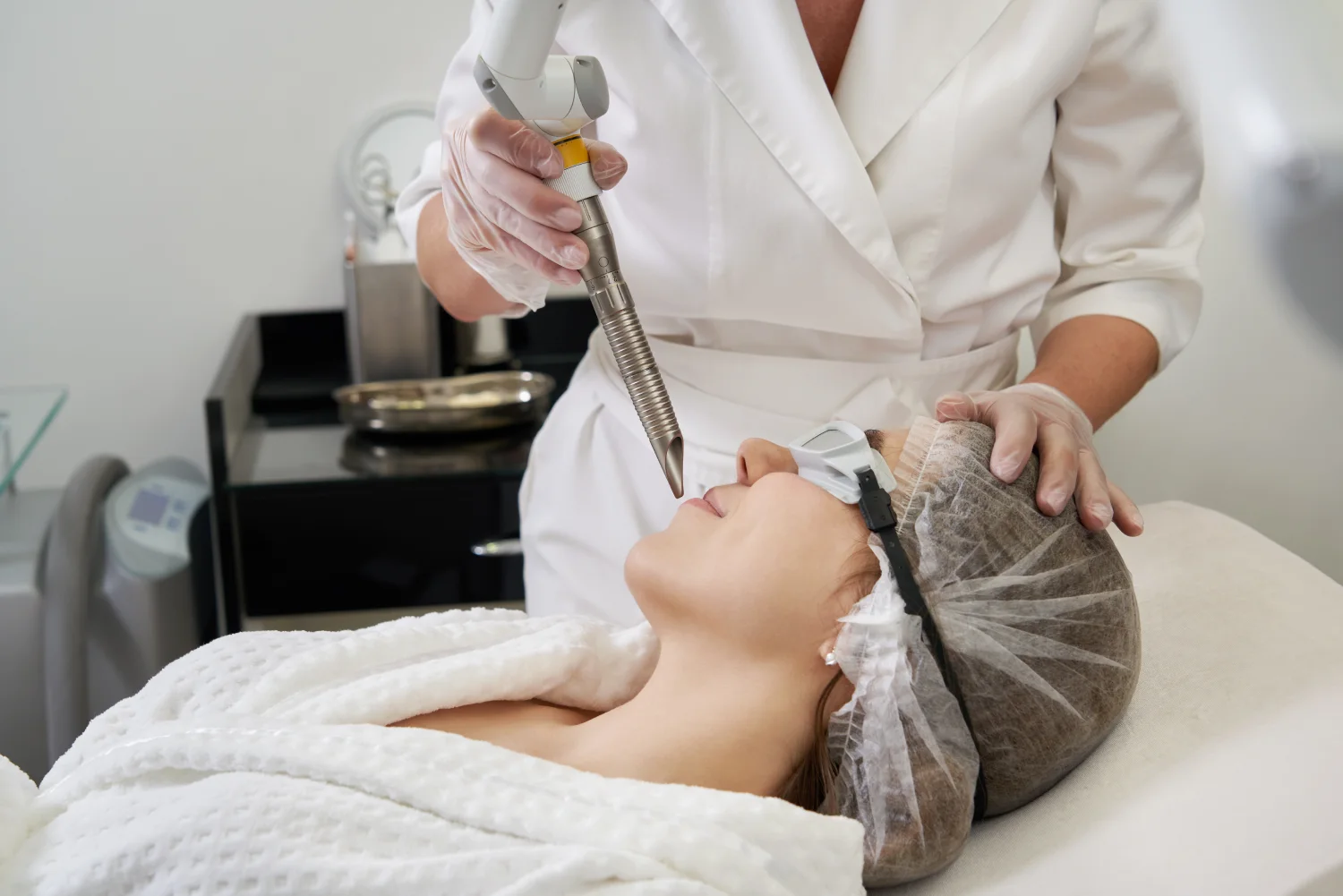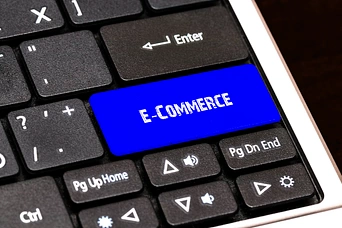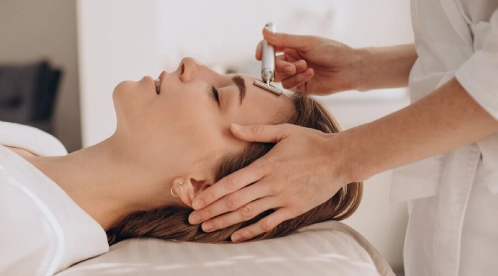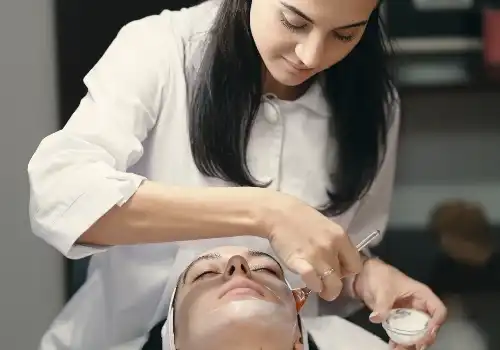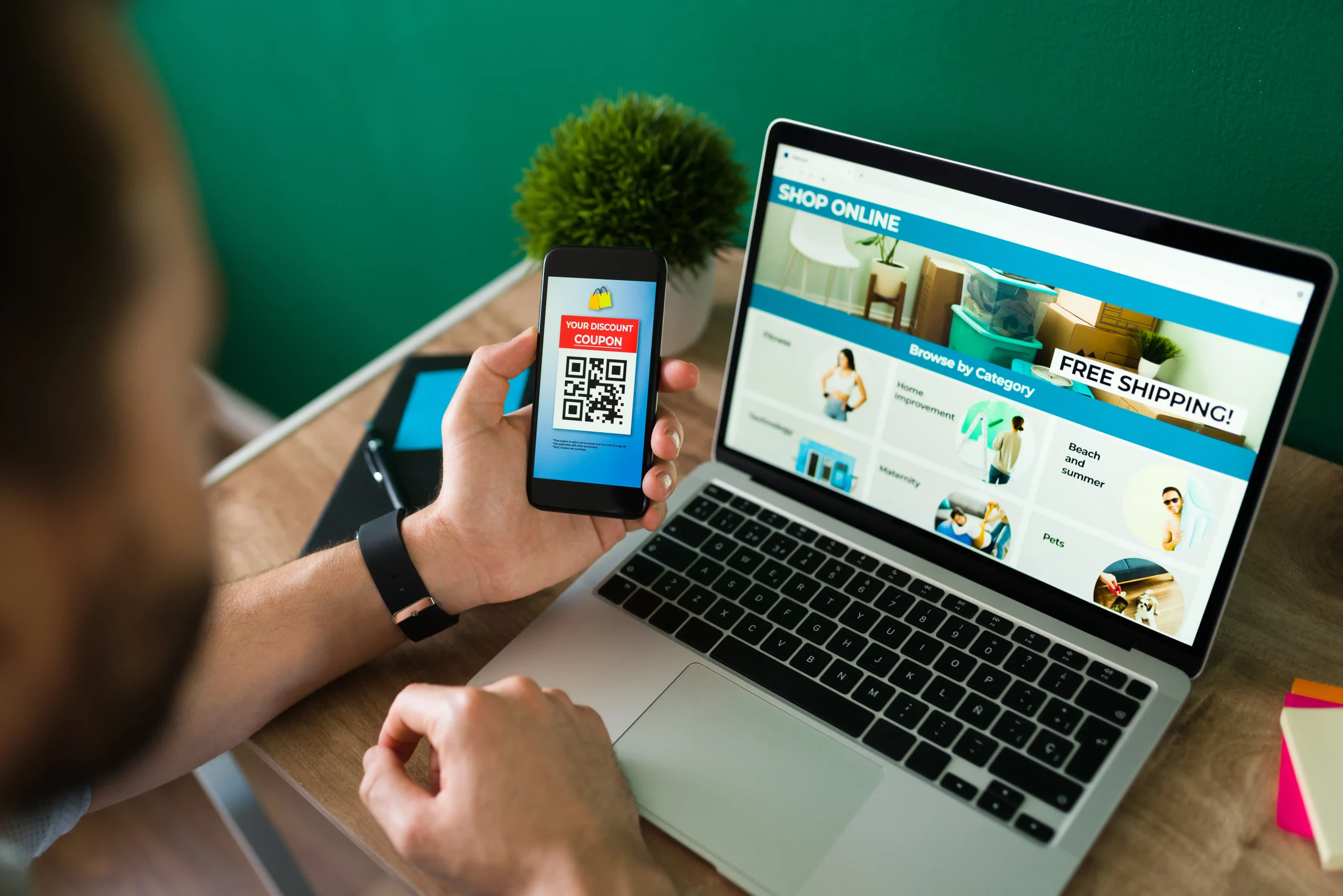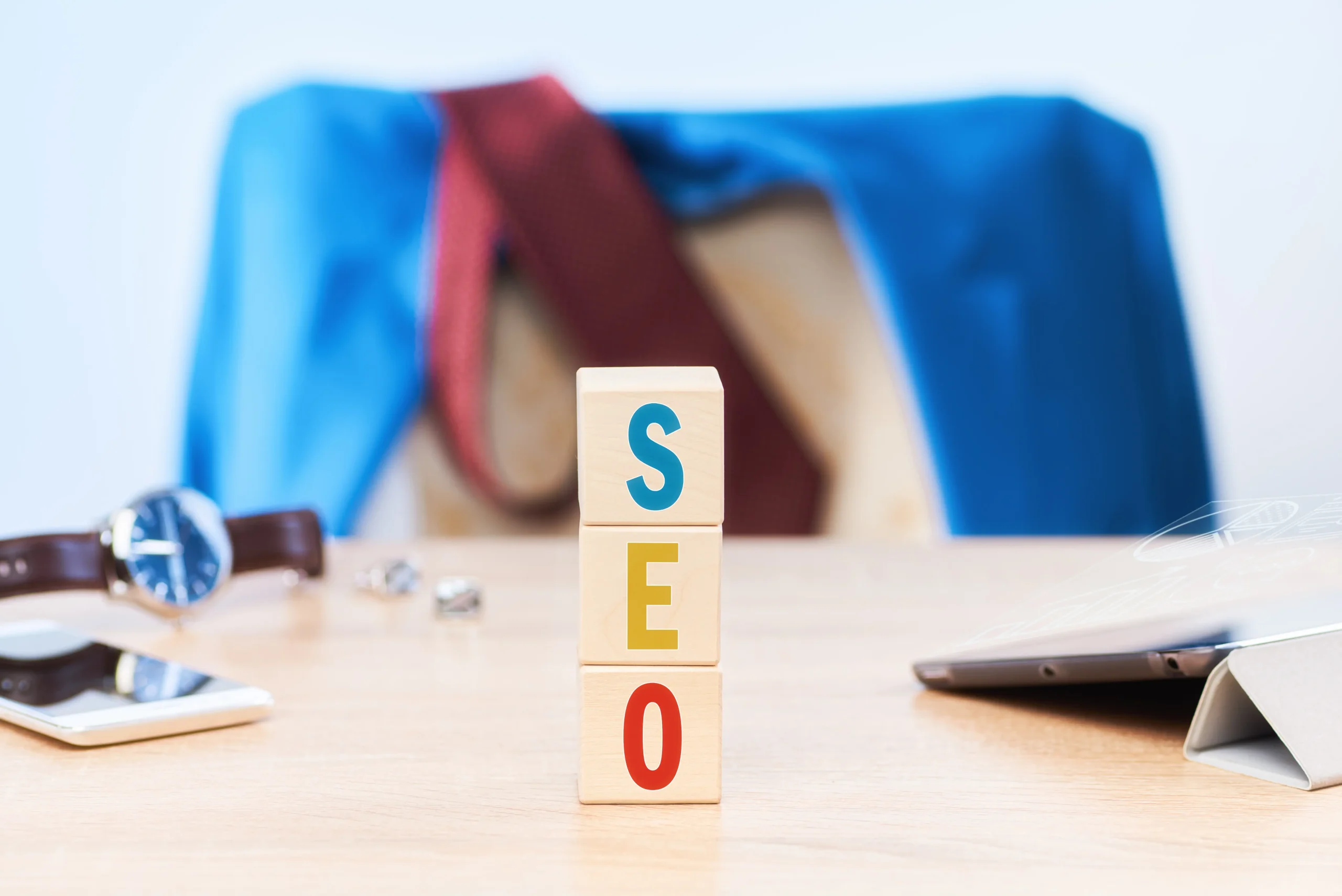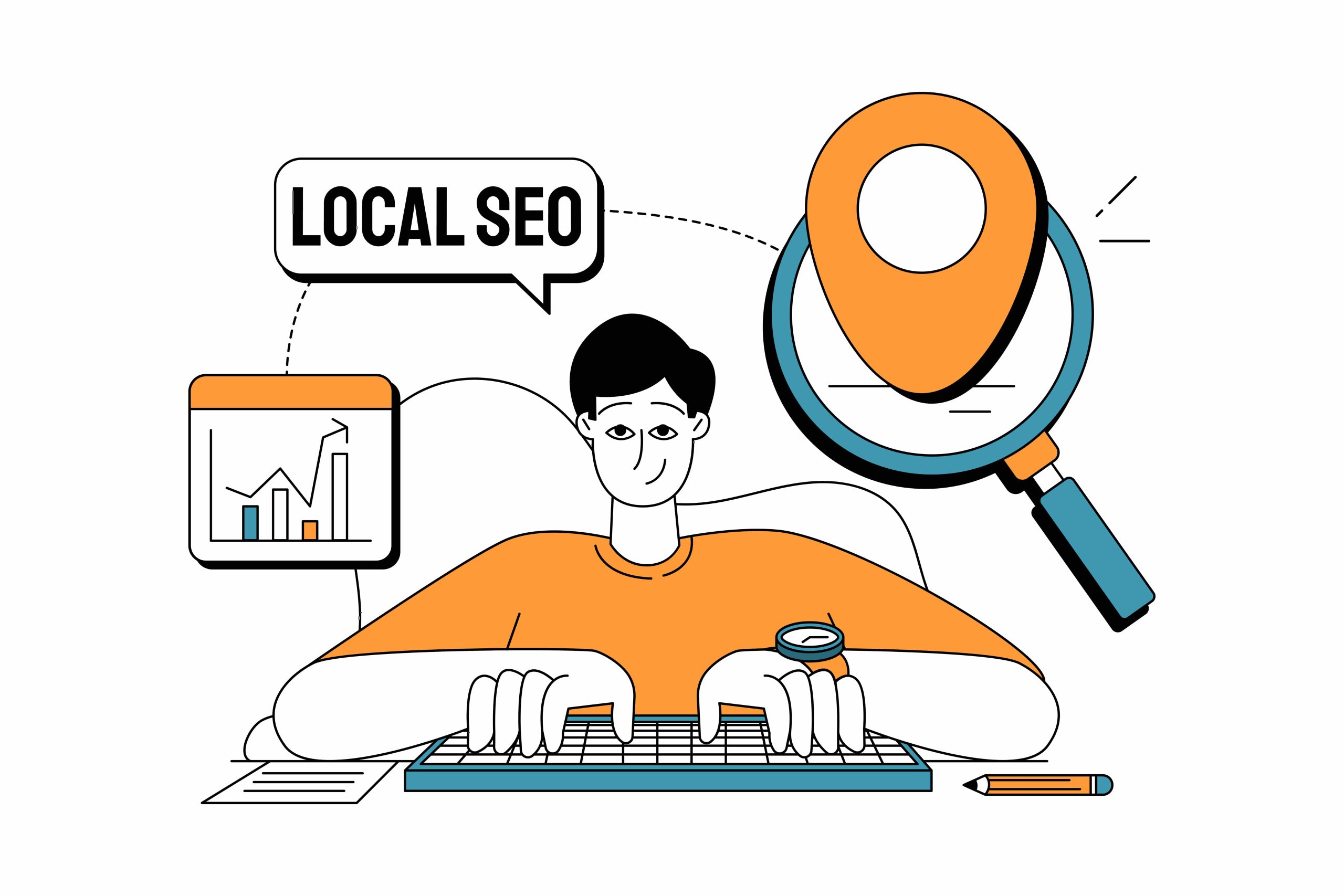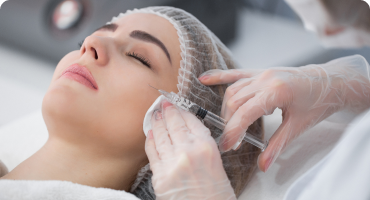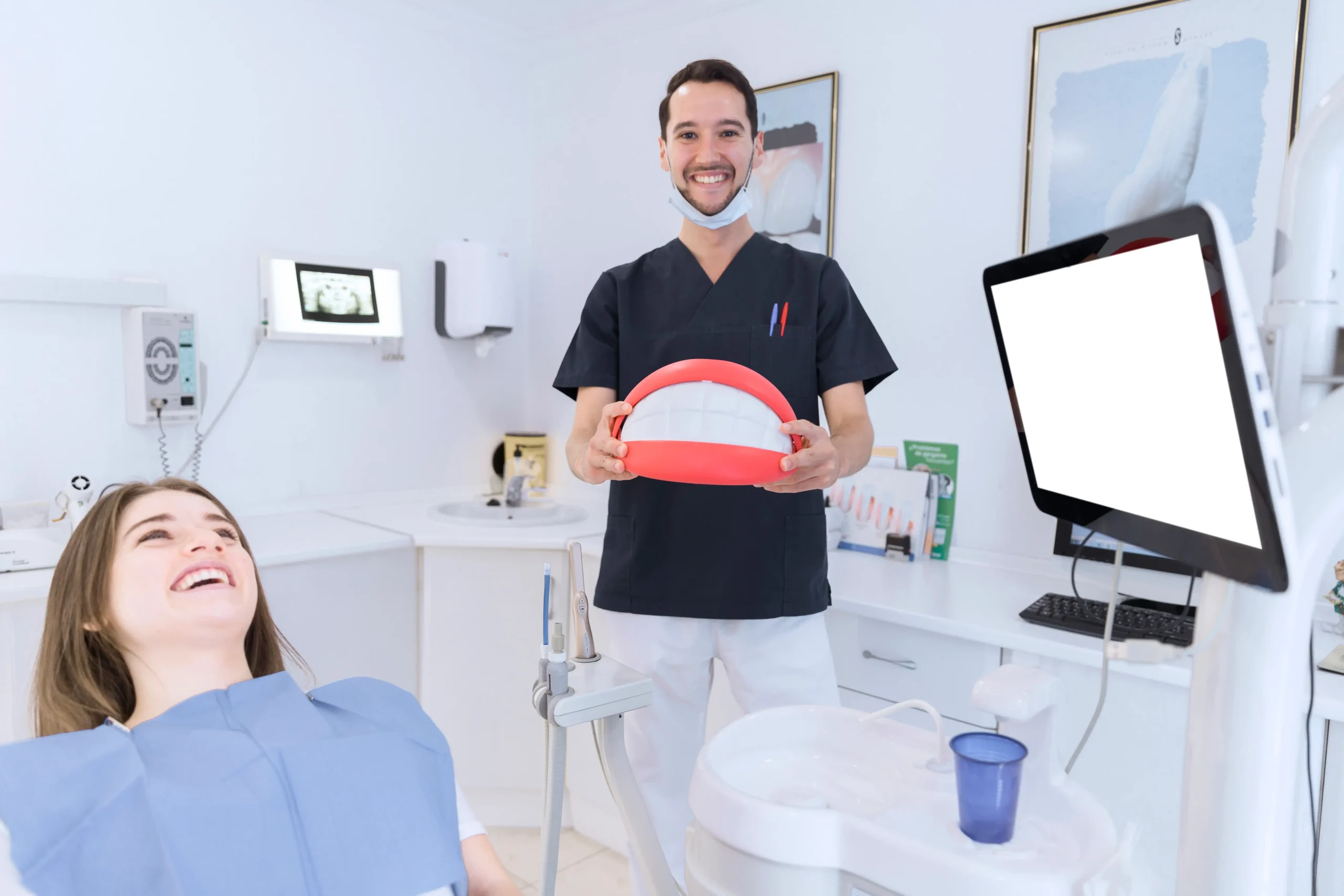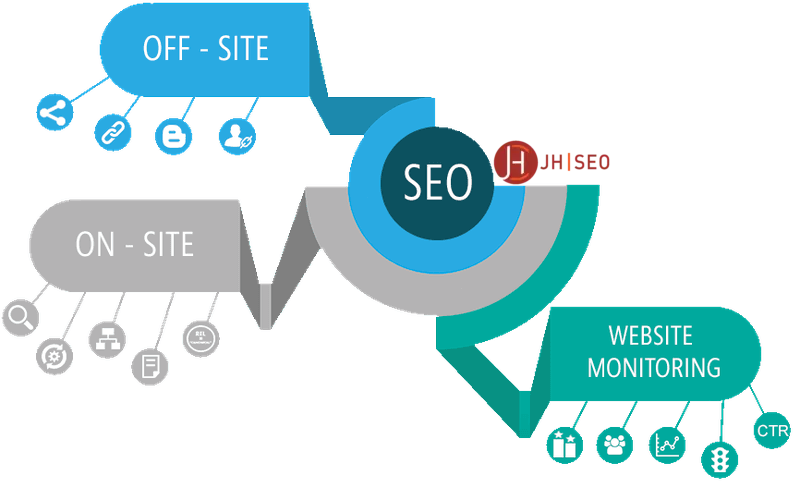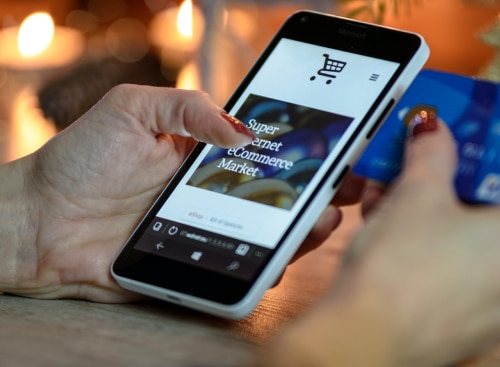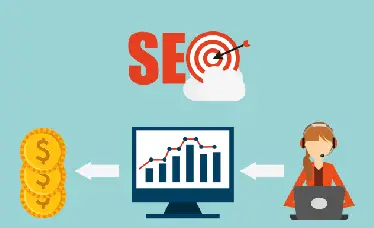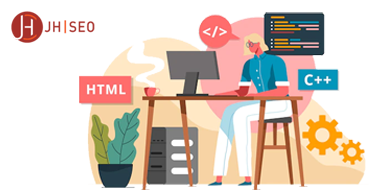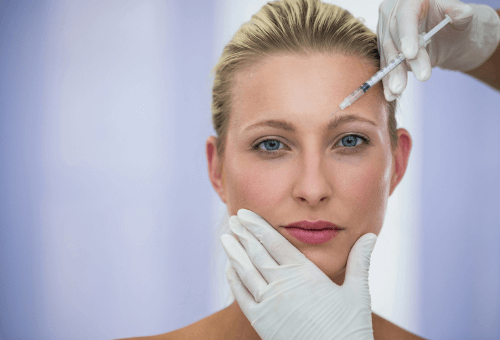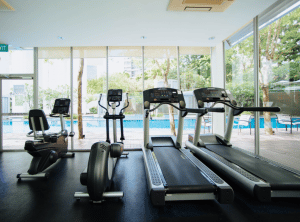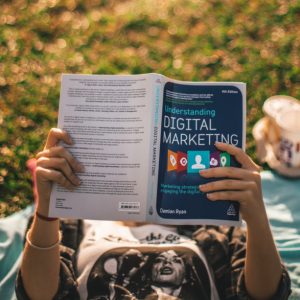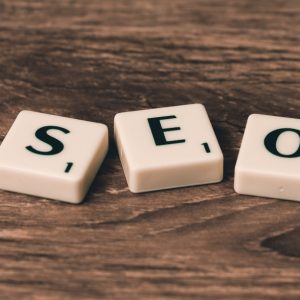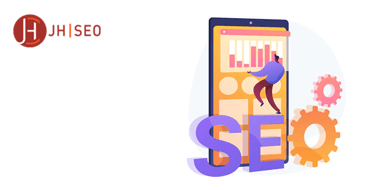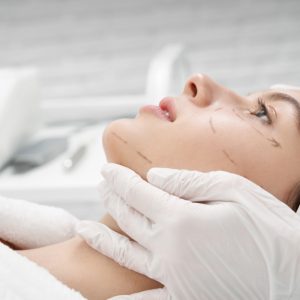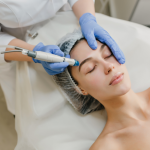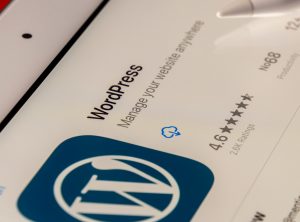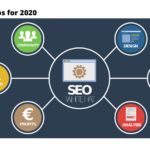A strong online presence is crucial for med spas aiming to attract clients. In today’s digital world, social media platforms are key for marketing, helping med spas connect with potential clients and improve search engine rankings.
Incorporating social media into your SEO strategy is essential. Platforms like Instagram, Facebook, and TikTok allow Med Spas to showcase services, share testimonials, and build trust, enhancing their online presence, which search engines use to assess credibility.
Combining social media with local SEO, such as optimizing Google My Business, boosts visibility in search results. A comprehensive med spa SEO approach, integrating page SEO and social media engagement, ensures your website’s content aligns with search engine ranking factors.
By using social media to amplify your content, drive traffic to your site, and engage directly with clients, you can position your med spa as an industry authority. This integration not only improves spa SEO but also helps medical spas stay competitive in an ever-evolving digital landscape.
How Social Media Affects Search Engine Rankings
Social media is crucial for shaping the online presence of med spas. While social signals like likes and shares don’t directly impact search rankings, they indirectly boost med spa SEO by enhancing visibility and attracting potential clients.
The Link Between Social Media Signals and SEO
Social media activity serves as an indirect factor that influences how search engines perceive a business’s credibility and relevance. Here are key ways social media signals support spa SEO:
- Increased Website Traffic: Engaging posts on social media platforms often include links to the website’s content, driving traffic that improves page SEO metrics.
- Content Sharing: Social media shares act as digital word-of-mouth, signaling to search engines that the content is valuable and relevant.
- Brand Mentions: The more a med spa is discussed or linked to on social media platforms, the more authority it gains in the eyes of search engines.
By fostering active engagement on social media, medical spas create a ripple effect that positively impacts search results, even if indirectly.
Building Trust and Authority with Social Media Engagement
Establishing trust and authority is critical for businesses aiming to improve their search engine rankings. Here’s how social media helps:
- Showcasing Expertise: Posting informative content about services like Botox, chemical peels, or laser treatments positions the med spa as an industry expert, enhancing trust among potential clients and boosting med spa SEO.
- Community Engagement: Responding to comments, sharing client reviews, and participating in local discussions build strong relationships, which supports local SEO.
- Improving Brand Recognition: Consistent branding across social media platforms helps search engines associate the business with relevant keywords, further enhancing search results’ visibility.
Examples of Social Media Engagement Strategies:
- Share client testimonials and success stories to build credibility.
- Host live Q&A sessions or tutorials to engage directly with your audience.
- Use visually appealing content like before-and-after photos to attract attention and encourage sharing.
By aligning your social media marketing efforts with your overall SEO strategy, you can effectively enhance both local SEO and search engine rankings for your med spa.
Med Spa SEO: Optimizing Your Social Media Strategy
A strong SEO strategy is key for med spas to stand out. By combining social media marketing with traditional SEO, Med Spas can boost its online presence and attract more clients. Here’s how to integrate social media into your SEO efforts.
What Makes Med Spa SEO Unique?
Med spas face specific SEO challenges due to the competitive nature of the beauty and wellness industry, as well as the specialized services they offer. However, these challenges come with numerous opportunities to strengthen your search engine rankings. The key elements of med spa SEO include:
- Local SEO: Since most med spas target a specific geographic area, optimizing for local SEO is crucial. This includes claiming and optimizing your Google My Business listing, ensuring consistency across local citations, and using location-based keywords in your website’s content and social media posts.
- Content Creation: Creating valuable, informative content about your services (such as blogs, videos, and client testimonials) can help improve both page SEO and your social media platforms. These efforts also keep your audience engaged and informed.
- Medical-Related Keywords: It’s vital to use medical-related keywords that potential clients are likely to search for when looking for services such as Botox, laser hair removal, or skin rejuvenation. Integrating these keywords into your website’s content and social media posts increases your chances of ranking higher in search engine results.
By addressing these unique aspects of med spa SEO, you can lay the foundation for a more effective digital marketing strategy that leverages both traditional SEO and social media marketing.
Improving Trust with Search Engines
Once you’ve established the basics of med spa SEO, integrating social media platforms like Instagram, Facebook, and YouTube can boost your efforts even further. Here’s how to maximize your social media marketing strategy to support your SEO goals:
- Leverage Social Media Platforms for Promotion: Each platform serves a unique purpose. For example, Instagram and Facebook are perfect for showcasing visually appealing treatments and client transformations, while YouTube can host detailed educational videos or behind-the-scenes looks at your med spa. Regular posting with optimized captions and hashtags helps improve both engagement and SEO.
- Boosting SEO through Reviews and Testimonials: Encourage satisfied clients to leave positive reviews on platforms like Facebook and Google My Business. These reviews act as trust signals, improving your local SEO and search engine rankings.
- Community Engagement and Content Sharing: Actively engage with your audience by responding to comments, liking posts, and sharing user-generated content. This interaction increases brand visibility and sends positive signals to search engines, improving your overall online presence and authority.
Best Practices for Social Media and SEO Integration:
- Post regularly and consistently on all active social media channels.
- Optimize your profiles with relevant keywords and location tags to improve local SEO.
- Share blog posts, promotions, and before-and-after photos that link back to your website, enhancing page SEO.
By strategically integrating social media marketing with your med spa SEO efforts, you can create a cohesive strategy that drives more traffic, builds trust, and ultimately boosts your search engine rankings.
How Search Engines Use Social Media for Ranking
Social media doesn’t directly affect Google rankings, but a strong social media presence offers key indirect benefits. Understanding how search engines use social media can help Med Spas refine its SEO and boost its online presence.
Does Social Media Directly Impact Google Rankings?
One common misconception is that social media activity directly influences Google rankings. While search engines like Google do not use social signals as a ranking factor per se, there are indirect ways that social media can impact SEO. Here’s how:
- Traffic Generation: When a med spa shares engaging content on social media platforms, it drives traffic to the website. Increased website traffic is a positive signal for search engines, and this can help improve page SEO. The more visitors a page receives, the more likely it is to rank higher in search results.
- Content Amplification: When content is shared across social channels, it gains more visibility, which increases the likelihood of attracting backlinks from authoritative websites. Backlinks are a well-known ranking factor that can significantly improve med spa SEO.
- Social Media as a Discovery Tool: Search engines recognize when content is popular or frequently mentioned on social media platforms. This can lead to better indexing, allowing the med spa to show up in more search queries relevant to its services.
Building Social Proof and Relevance in the Eyes of Search Engines
Social media also plays an important role in establishing social proof, which can indirectly affect search engine rankings. Positive interactions on social media platforms signal to search engines that a business is credible and relevant. Here’s how:
- Positive Reviews and Testimonials: Positive reviews left on platforms like Facebook, Instagram, or Google My Business can enhance a med spa’s credibility. These reviews act as endorsements from real clients, building trust and relevance in the eyes of search engines.
- Follower Counts and Engagement: High follower counts and consistent engagement on social media can also send positive signals to search engines. A well-followed and actively engaged social media account signals that the business is reputable and authoritative in its industry. This can positively influence local SEO and increase visibility in search results.
- Brand Mentions and Consistency: Regular activity on social media platforms increases brand recognition, which search engines use to associate a med spa with relevant services and keywords. Over time, this consistency improves the chances of appearing in search results for terms related to the services offered by the med spa.
Best Practices for Building Social Proof and Relevance:
- Encourage clients to leave reviews on Google My Business and other platforms.
- Consistently engage with your audience through comments, shares, and likes to build a loyal community.
- Maintain a cohesive brand presence across all social media profiles to increase relevance and recognition.
By leveraging social media marketing effectively, medical spas can build credibility, enhance their local SEO, and indirectly influence search engine rankings.
Improving Search Engine Results with Social Media
Integrating social media with med spa SEO boosts search rankings by driving traffic and increasing engagement. Strategically using social platforms enhances online presence and visibility, helping attract more potential clients.
Driving Traffic from Social Media to Your Website
Social media boosts search rankings by driving traffic to your website. Clicks on shared links and posts lead to your site, where page SEO can convert that traffic into leads and sales.
- Sharing Blog Posts and Website Content: Sharing blog posts, articles, or guides related to your med spa’s services (such as skincare tips, treatment benefits, or FAQs) provides valuable content that attracts potential clients. Linking these posts back to your website’s content improves both page SEO and visibility.
- Promotions and Offers: Sharing special promotions or limited-time offers on social media platforms can encourage users to visit your site for more information or to schedule an appointment, directly impacting local SEO by driving geographically relevant traffic.
- Landing Pages and Lead Magnets: Sharing links to optimized landing pages or lead magnets (such as downloadable guides, free consultations, or exclusive offers) can funnel traffic to your site, helping you capture potential clients’ information.
Best Practices for Sharing Social Media Content:
- Always include a clear link to your website in your social media posts.
- Optimize blog posts and landing pages with keywords related to med spa SEO and your services.
- Post engaging visuals and callouts to encourage users to click through to your website.
How Social Media Engagement Leads to Higher Click-Through Rates (CTR)
Social media content also plays a key role in increasing the likelihood that users will click on your website from search results. Here’s how social media engagement influences click-through rates (CTR) and contributes to SEO performance:
- Social Media Content Visibility: The more engaging your social media content is, the more likely it will be shared and seen by a wider audience. As your content gains traction, it can appear in search results, which increases the likelihood of users clicking on your website link.
- Compelling Calls to Action (CTAs): Including strong, action-driven calls to action (CTAs) in your social media posts encourages users to take the next step—whether it’s visiting your website, scheduling an appointment, or signing up for your newsletter. This direct call to action helps convert social media interactions into website visits, improving your search engine rankings over time.
- Creating Urgency and Relevance: Promoting time-sensitive offers or relevant content on social media drives immediate clicks from users who want to take advantage of the offer, further boosting your CTR and organic traffic.
Tips for Effective CTAs in Social Media Content:
- Use phrases like “Book Now,” “Learn More,” or “Claim Your Offer” to create urgency.
- Ensure your CTA is clear, concise, and aligned with the goal of your post or campaign.
- Include a link to a relevant page on your website, such as a service page or booking page, for a seamless user experience.
By leveraging social media effectively to drive traffic and improve click-through rates, medical spas can enhance their local SEO, increase page SEO performance, and ultimately improve their search engine rankings. This integrated approach will help attract more potential clients and grow your online presence.
Key Social Media Platforms to Boost Med Spa SEO
For med spas, using the right social media platforms is key to boosting SEO and visibility in search results. Each platform offers unique benefits to connect with clients, improve local SEO, and enhance online presence. Here’s how they contribute to a successful SEO strategy.
Which Social Media Platforms Should Med Spas Focus On?
There are numerous social media platforms available, but for med spas, certain platforms are more effective at driving engagement and improving search engine rankings. Here are the top platforms med spas should prioritize:
Instagram: Instagram is a highly visual platform that works exceptionally well for med spas. Its focus on images and short-form video content makes it ideal for showcasing transformations, before-and-after photos, and other aesthetic treatments.
- SEO Benefits: Instagram allows you to use location tags, hashtags, and detailed captions, which can improve local SEO and help your content show up in relevant search results. Engaging content can also be shared, increasing visibility and driving traffic to your website.
Facebook: Facebook remains a powerful platform for businesses, especially in local markets. With the ability to share posts, promotions, videos, and even host live events, Facebook helps med spas reach a wide audience.
- SEO Benefits: Having an optimized Google My Business profile linked to your Facebook page can significantly improve your local SEO. Positive reviews, engagement, and shares can directly influence your visibility in search engine rankings.
TikTok: The rapid rise of TikTok makes it a key platform for younger, more tech-savvy demographics. TikTok allows med spas to create fun, engaging videos that showcase treatments, skincare tips, and more.
- SEO Benefits: TikTok’s algorithm rewards frequent and consistent posting. When your videos gain traction, they can drive substantial traffic to your website, improving page SEO. Additionally, TikTok content can also be shared on other platforms, amplifying your reach.
YouTube: As the second-largest search engine in the world, YouTube is a great platform for med spas to post longer-form content such as treatment demonstrations, client testimonials, and educational videos.
- SEO Benefits: YouTube videos are indexed by search engines, and when properly optimized with relevant keywords, descriptions, and tags, they can appear in both YouTube and Google search results. This can enhance your search engine rankings and increase traffic to your website.
Benefits of Each Platform for SEO:
- Instagram: Visual content helps increase brand awareness, and its use of location tags and hashtags improves local SEO.
- Facebook: Social sharing and engagement help establish trust, while reviews influence local SEO and search engine visibility.
- TikTok: Viral videos increase brand visibility and drive traffic to your website, improving page SEO.
- YouTube: Long-form video content boosts authority and ranks well in search engines, improving overall SEO strategy.
By strategically using these platforms, Med Spas can significantly improve its search engine rankings, engage with potential clients, and enhance its online presence. The key is to align each platform with your broader med spa SEO goals and create content that resonates with your audience while boosting your visibility in search results.
Measuring the Success of Social Media in SEO
To assess the impact of social media on med spa SEO, track key metrics that reflect how social efforts influence rankings and online presence. This helps med spas understand both direct and indirect effects on their SEO strategy and make data-driven improvements.
How to Track Social Media’s Impact on SEO
Several tools and metrics can help you track how social media platforms influence your search engine rankings and overall SEO strategy. Here are some of the most effective ways to measure the impact of social media on med spa SEO:
Google Analytics: Google Analytics is a powerful tool for tracking how social media traffic contributes to your website’s performance. By setting up UTM parameters (tags added to URLs), you can track where visitors are coming from and how social media traffic is interacting with your website’s content.
Key Metrics to Track:
- Traffic from social media sources
- Bounce rate and average session duration
- Conversion rates (e.g., booking an appointment, signing up for a newsletter)
Social Media Insights: Most social media platforms (like Instagram, Facebook, and Twitter) offer built-in analytics tools that provide insights into how your content is performing. These insights help you track engagement (likes, comments, shares) and monitor growth in followers, which can indicate a stronger online presence.
Key Metrics to Track:
- Engagement rates (likes, comments, shares)
- Follower growth
- Reach and impressions
- Click-through rates (CTR) on links shared
Google My Business Insights: For local SEO, Google My Business (GMB) is a vital tool. GMB Insights shows how your listing is performing in local search results, including how many people find you via Google search and Google Maps.
Key Metrics to Track:
- Views and clicks on your business profile
- How users are finding your business (e.g., direct search, branded search)
- Actions taken on your GMB listing (e.g., phone calls, website visits)
Backlink Tracking Tools: Backlinks from social media content can improve page SEO and influence search engine rankings. Tools like Ahrefs or SEMrush allow you to monitor how many backlinks your website is gaining from social media platforms.
Key Metrics to Track:
- Number and quality of backlinks
- Referral traffic from backlinks
Best Practices for Tracking Social Media’s Impact:
- Set clear SEO goals that align with your social media marketing strategy (e.g., increasing website traffic, improving local SEO, generating more leads).
- Use UTM parameters to differentiate social media traffic from other sources in Google Analytics.
- Regularly review social media insights and Google My Business analytics to ensure your efforts are driving engagement and visibility in search results.
By effectively using these tools and tracking the right metrics, Med Spas can better understand the impact of their social media efforts on SEO, identify areas for improvement, and optimize their SEO strategy to drive more potential clients to their website.
Social media marketing is crucial for med spa SEO and search engine rankings. Platforms like Instagram, Facebook, TikTok, and YouTube drive website traffic, enhance local SEO and build trust with potential clients. Social media boosts page SEO, increases backlinks, and improves online presence, leading to higher search visibility. Tools like Google My Business and Google Analytics help track the impact of social media on your SEO strategy, making social media integration essential for long-term success and client attraction.



